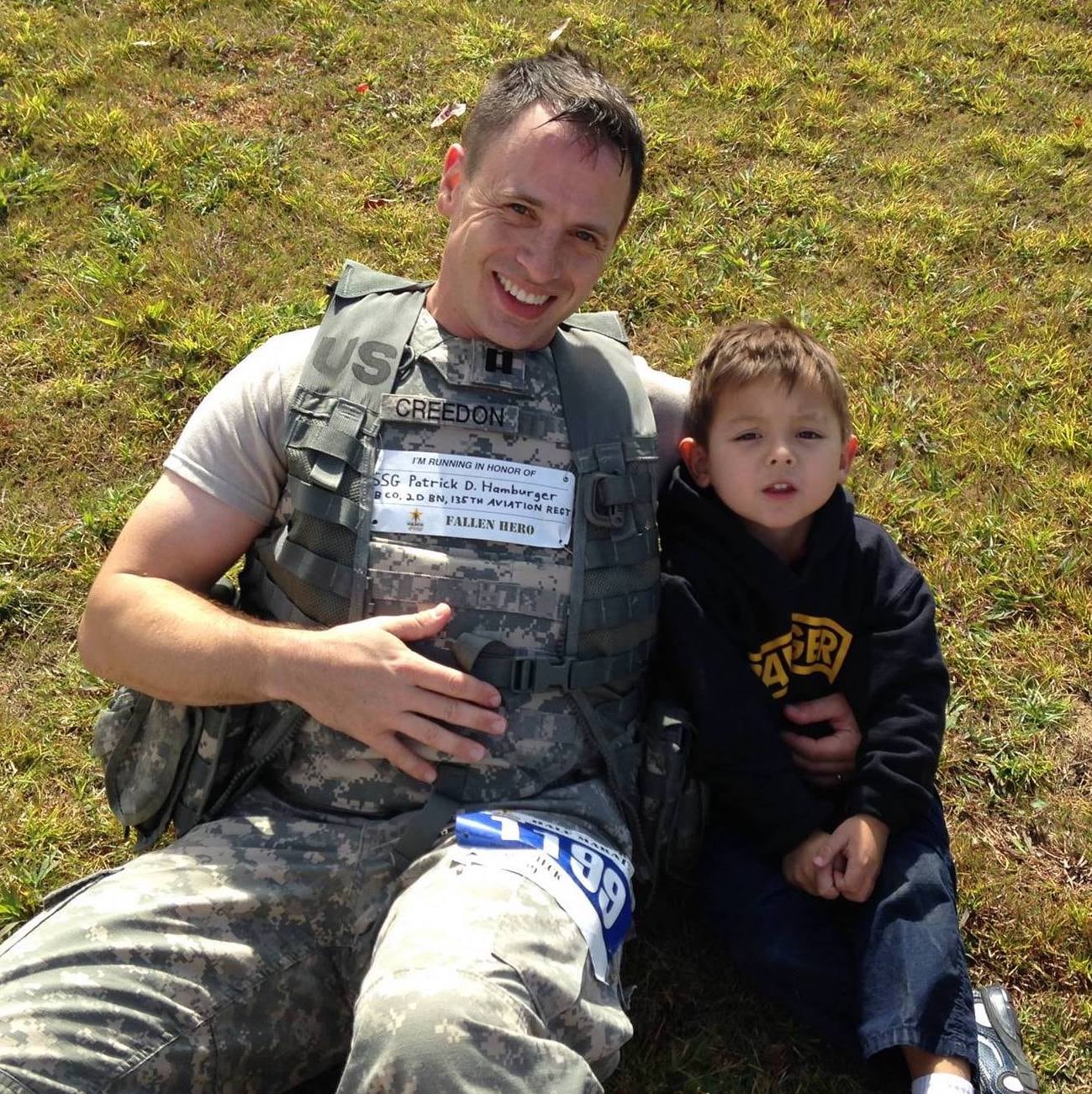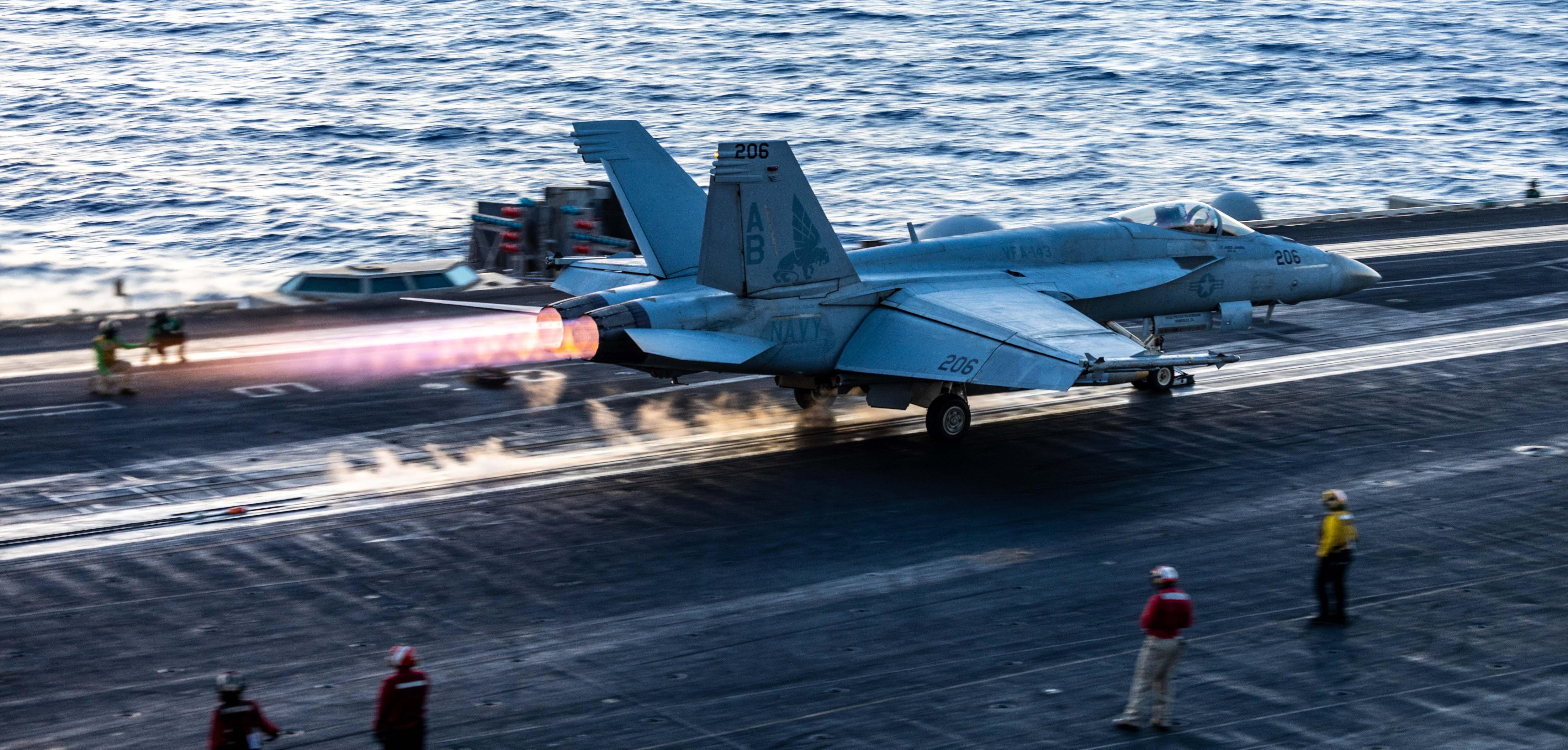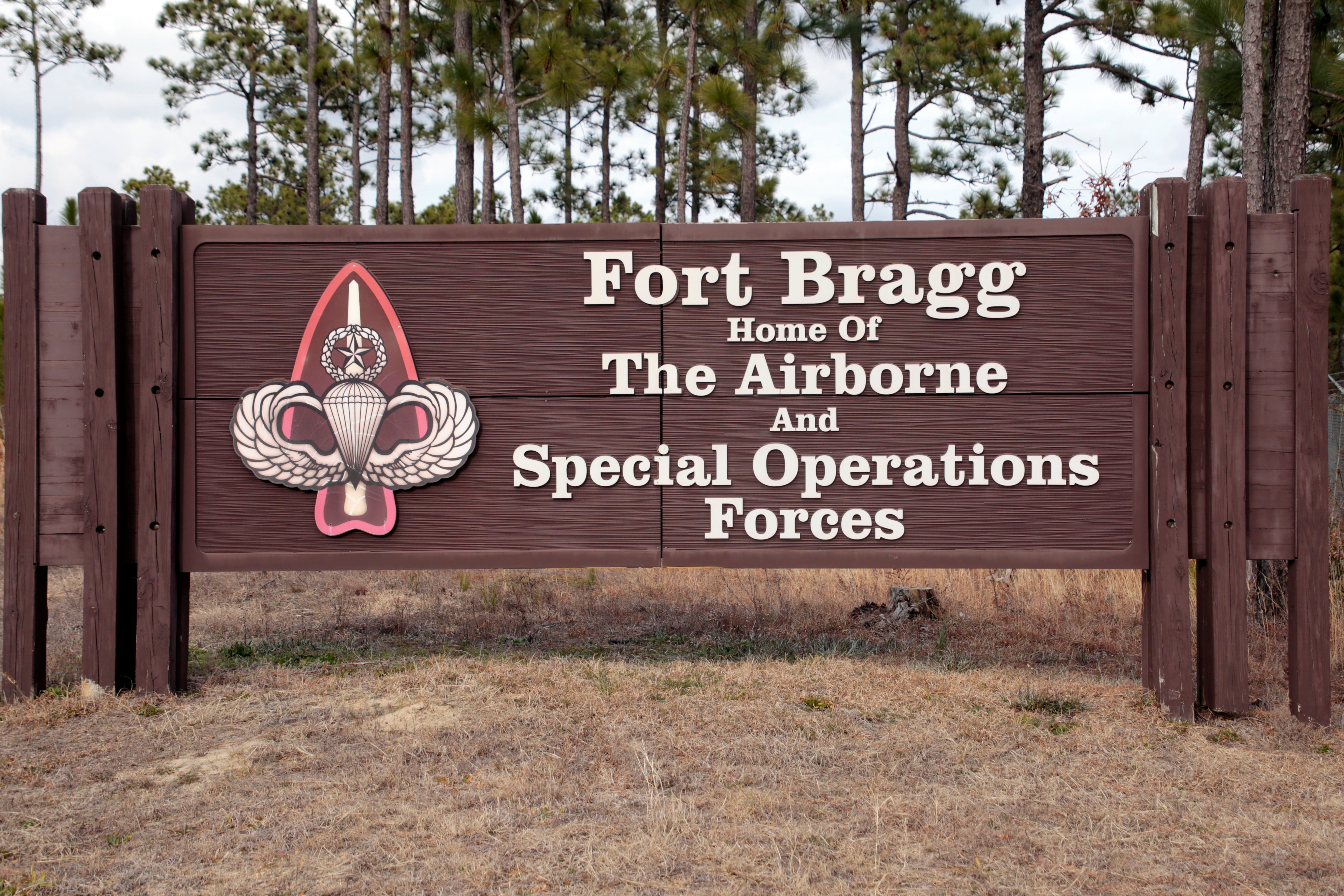Just put one foot in front of the other.
That’s what James Creedon told himself in Army Ranger School when he found himself near his physical and mental breaking point.
It’s what he thought when he was knocked off his feet just steps from where the World Trade Center collapsed on Sept. 11, 2001.
And it will be front and center in his mind as he endures an upcoming challenge: the Grand to Grand Ultra, a 170-mile weeklong race through the Grand Canyon in September.
Creedon, a captain in the Army Reserve who is a defense attorney in Texas, is taking on the Grand Canyon challenge to draw attention to the issues transitioning veterans face. He’s raising money for GallantFew, a charitable organization founded by veterans to help support troops who are leaving the military.
FIRST STEPS
The mileage that Creedon, 40, will cover in the Sept. 24-30 ultrarace is a far cry from his start as a runner. He wasn’t athletic as a kid, he said, and he hadn’t pounded the pavement much until he joined Army ROTC at age 30. The initial two required miles he ran soon turned to six. Then someone told him that if he could run that far, he should try a marathon.
Creedon accepted that challenge, completing the New York City Marathon in 2008 and thinking to himself, “Gee, I guess I’m not so bad at this running thing.”
As he continued to log miles on the road and on trails, Creedon set his sights on even greater distances. After finishing his first 50-kilometer trail race in September 2016, he began training and preparing for the upcoming weeklong 170-miler, his greatest endurance feat thus far. He’ll be one of 125 runners to take in the challenge, including 26 Americans.
The event is a self-supported stage race, which means Creedon will be responsible for carrying a pack with supplies and facing much of the course alone, save for nightly stops at campsites alongside other competitors.
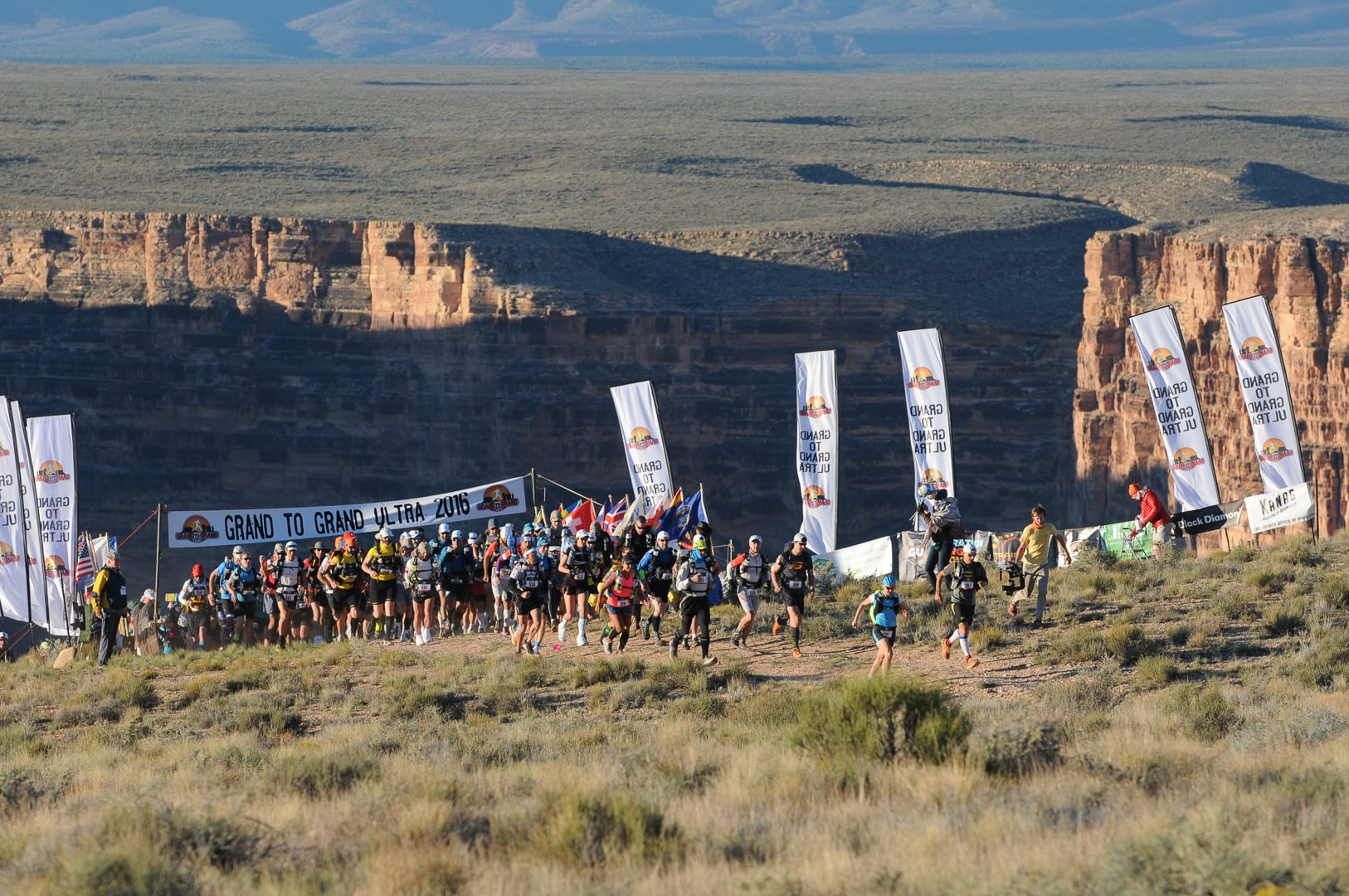
BUILDING ENDURANCE
The Army played a key role in Creedon’s running career, preparing him to be “pushed to the limit again and again,” he said.
He recalls being constantly sore and exhausted during Ranger School, during which he lost 35 pounds.
Creedon said he often channels the intense physical energy and mental focus required as an Army Ranger when he’s facing a particularly tough trail. For instance, during the Franklin Mountain 50K trail race in El Paso, Texas, last year, Creedon found himself staring at a finish line 500 feet straight up with “nothing left in the tank.”
The elevation change at the end of the grueling race was a reminder that “you’re not done until you’re done,” said Creedon, who has been selected for promotion to major and expects to move up in October.
Creedon kept putting one foot in front of the other to finish the race in a little less than 10 hours.
GOING THE DISTANCE
The reason Creedon joined the Army stemmed from another difficult experience: As a former paramedic in New York City, he was a first responder on Sept. 11.
Creedon was not scheduled to work that day, but when he saw the news that morning, he jumped in his car and drove from his home in Brooklyn to Manhattan to help with medical triage. He estimates that he was about 300 feet from the second World Trade Center tower when it fell. The impact knocked him over, he said, but caused only mild injuries.
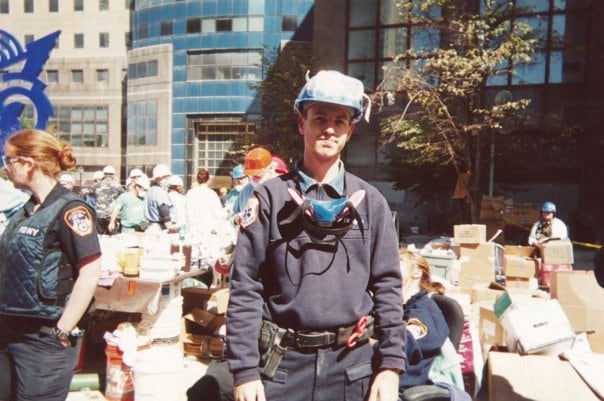
Working at Ground Zero prompted Creedon to undertake a career pivot and join Army ROTC. He has served as an officer in information operations, the Judge Advocate General’s Corps and the infantry.
“I made my own path,” he said of his unique route through military service.
RUNNING TO GIVE BACK
Creedon’s own military experience drove him to raise money leading up to the Grand Canyon race for GallantFew.
“Sometimes you have problems that only fellow veterans can help you address,” he said.
GallantFew offers veteran-to-veteran mentoring and other programs to assist veterans as they leave military service. The organization’s goals also encompass educating the public on the issues veterans face and “filling in areas in which the [Veterans Affairs Department] may fall short,” said Karl Monger, executive director of GallantFew.
Creedon met Monger in 2014 through a mutual friend and later chose the organization as the beneficiary of his fundraising efforts for the Grand to Grand Ultra.
STARTING LINE
As he steps up to begin the race Sept. 24, Creedon will try to focus on overcoming obstacles and getting the job done — the same way he did on 9/11, the same way he did in the Army, and the same way he encourages his two young children to “be a doer, not a sayer.”
“No one wants to hear words; they want to see action,” he said.
And he’s hoping his actions reverberate beyond the week of the race in the form of help for veterans.
Creedon plans to carry with him a “9/11 capsule” and a few other reminders of the sacrifices of others, such as a photo of fallen soldiers he knew.
“I always try to remember when running these races that I’m very lucky to be healthy and to be alive,” he said.
He’ll also try to remember, especially during the toughest portions, to just put one foot in front of the other.
To learn more and to support Creedon and GallantFew, head here. To learn more about the Grand to Grand Ultra, which is offering a 10 percent military discount for 2018 entrants, visit its website or check out its Facebook or Instagram pages.
LOGGING THE MILES
Creedon credits a flexible work schedule and an “awesome wife” for helping to carve out the hours he needs to train. His regimen comprises four distinct parts, each of which is designed to prepare him for the grueling distance and conditions in the Grand Canyon.
1. Long run. Once a week, usually on Sunday mornings, Creedon goes for a longer run than normal, preferably on trails. Running farther and/or for a longer period of time helps him build endurance.
2. Sprint workouts. Running shorter, faster distances and/or sprinting up hills helps Creedon build the explosive speed he’ll need as he tackles the elevation changes in the Grand Canyon.
3. Weighted runs. Creedon wears an Army backpack weighing 20-40 pounds to practice carrying the gear he’ll need during the race.
4. Overall fitness. Creedon balances out his running mileage with pushups, situps and flexibility exercises, which he typically completes at night after his kids go to bed.
ULTRA PREP
Training for and completing an ultrarace — any distance greater than a marathon — is not for the faint of heart … or foot. Creedon offers some advice for those looking to tackle a long, physically demanding race.
- Just start: Run for as little as 5-10 minutes. All that matters is that you’re actually doing something. You’ll find it gets easier as you go.
- Sign up: Get the event on your schedule as soon as you can. This will help shape your training plan and goals. Remember that many races have several events, so you could always drop into one that’s less strenuous if you don’t feel adequately prepared as race day approaches. For example, race a half-marathon instead of a 50K.
- Don’t worry about gear: Get some shoes and shorts, and you’ll be OK. Don’t complicate what you’re trying to do with excessive gear. Start simple and find what you need without spending too much money or giving into peer pressure about what you should be wearing or carrying.
- Run your own race: There’s a huge range of abilities at ultraraces. Enjoy the event and make the experience your own. Use the time on the course to identify your strengths and weaknesses for next time.
